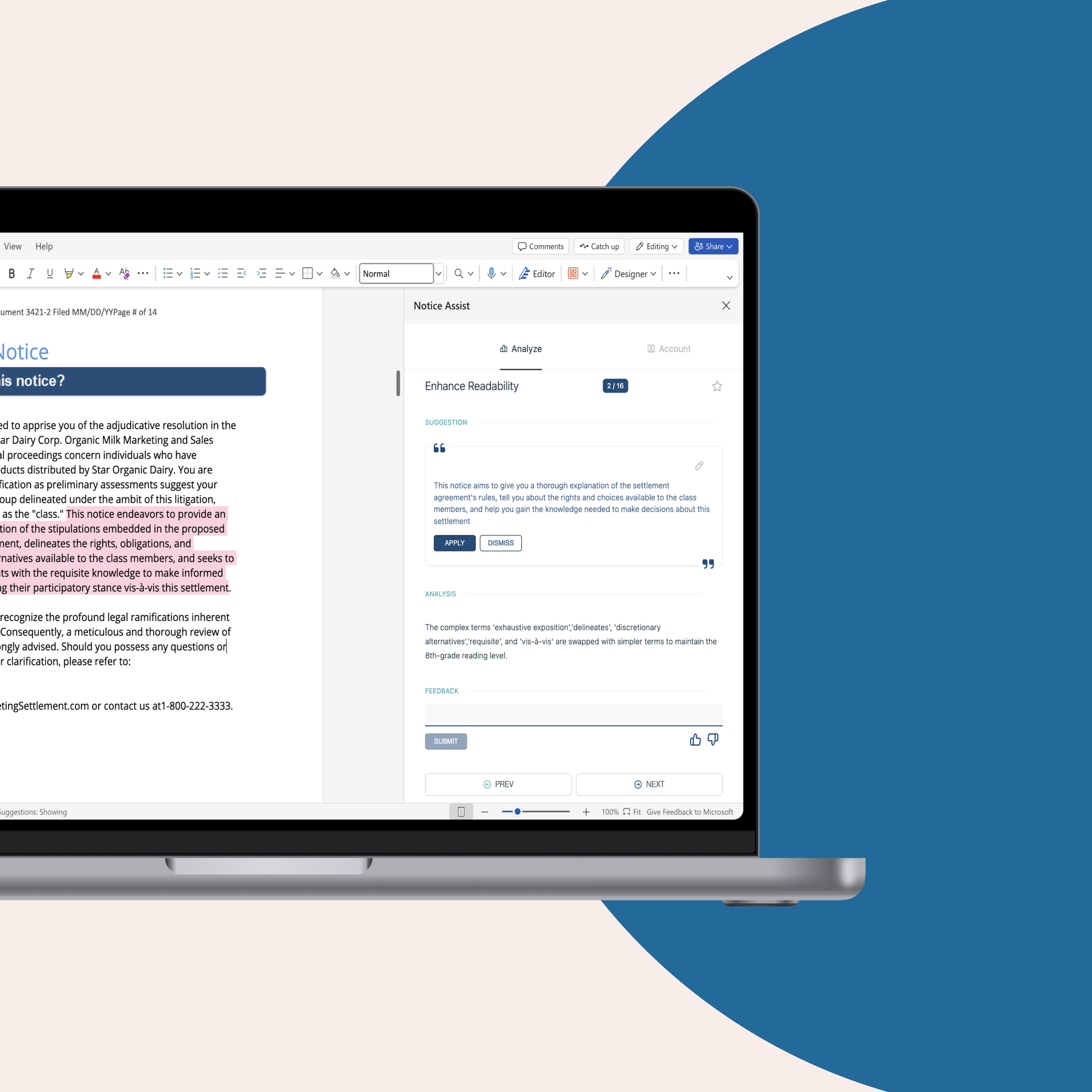Distinguishing Dukes: Another Victory For Employment Discrimination Class Actions
Anne B. Shaver - Partner: Lieff Cabraser Heimann & Bernstein
How much discretion is too much? That is the question that has plagued class action litigators since the Supreme Court decided Wal-Mart Stores, Inc. v. Dukes, 564 U.S. 338 (2011). Employers have consistently taken the position that challenges to employment processes that involve some element of subjectivity – and most do – cannot be brought on a class basis after Dukes. According to the logic of this argument, only non-discretionary evaluation measures, such as standardized tests or physical fitness tests, will satisfy commonality under Rule 23(a).
Fortunately, a recent opinion from the Southern District of New York joins the growing list of decisions rejecting this extreme position. In Chen-Oster v. Goldman Sachs, No. 10-cv-06950, 2018 WL 1609267 (Mar. 30, 2018 S.D.N.Y.), the court certified a Rule 23(b)(3) class of female Vice Presidents and Associates challenging Goldman’s performance evaluation, compensation, and promotion processes. The court certified Plaintiffs’ discrimination claims under both disparate impact and disparate treatment theories.
The court found that Plaintiffs had identified a common mode of exercising discretion that pervaded the entire company.
The Chen-Oster court rejected Goldman’s argument that the case was uncertifiable under Dukes because the challenged policies involved the exercise of discretion of thousands of individual managers. Dukes specifically affirmed that “giving discretion to lower-level supervisors can be the basis of Title VII liability under a disparate impact theory.” 564 U.S. at 355. The Supreme Court went on to explain that such a challenge would be appropriate for a class action where plaintiffs identify “a common mode of exercising discretion that pervades the entire company.” Id. at 356. In Chen-Oster, all employees were subject to the same challenged processes, which were implemented firmwide using common, uniform criteria. Therefore, the court found that Plaintiffs had identified a common mode of exercising discretion that pervaded the entire company, notwithstanding the involvement of managers making subjective recommendations. “A common mode need not strip managers of all flexibility in compensation and promotion decisions. That is because, if ‘common mode’ were so defined, it would divest lower-level managers of all discretion, and, as a result, would render the phrase ‘common mode of exercising discretion’ oxymoronic. The Court declines to indulge Defendants’ semantic somersaults.” 2018 WL 1609267, at *12.
There are a couple of other standout points from the opinion. First, in the inevitable battle over the degree of aggregation in the statistical analysis, the Court sided with the Plaintiffs in holding that it was appropriate to model data at the division level, rather than individual business unit level (which was so small as to destroy statistical significance). The court reasoned that the challenged policies operated at the division level, and the divisional leadership was the final arbiters of compensation and promotion decisions, and so aggregation at the divisional level was warranted. Id. at *9.
The complaint charges that, among other things, Goldman Sachs pays its female professionals less than similarly situated males, disproportionately promotes men over equally or more qualified women, and offers better business opportunities and professional support to its male professionals.
Second, the Court did not fall for the increasingly-popular causation argument that the management bar is using in disparate impact cases. That is, defendants are arguing that their statutory defenses give them the right to disprove, as to every individual class member, that the challenged policy caused an adverse outcome. The Chen-Oster court followed the well-established framework for Title VII claims, where, at the liability stage, the employer is tasked with “establishing that the challenged processes were a business necessity,” and not “with rebutting the causal link between the challenged processes and every single class member’s claim.” Id. at *21.
Finally, the court certified Plaintiffs’ disparate treatment claim, based on a combination of statistical evidence and anecdotal evidence, largely from company documents such as internal complaints and diversity presentations, rather than from declarations. Id. at *15, 21.
Goldman has asked the Second Circuit to review the class certification decision. We are hopeful the decision will stand, as it is based upon a practical application of Dukes v. Wal-Mart in the modern workplace.













